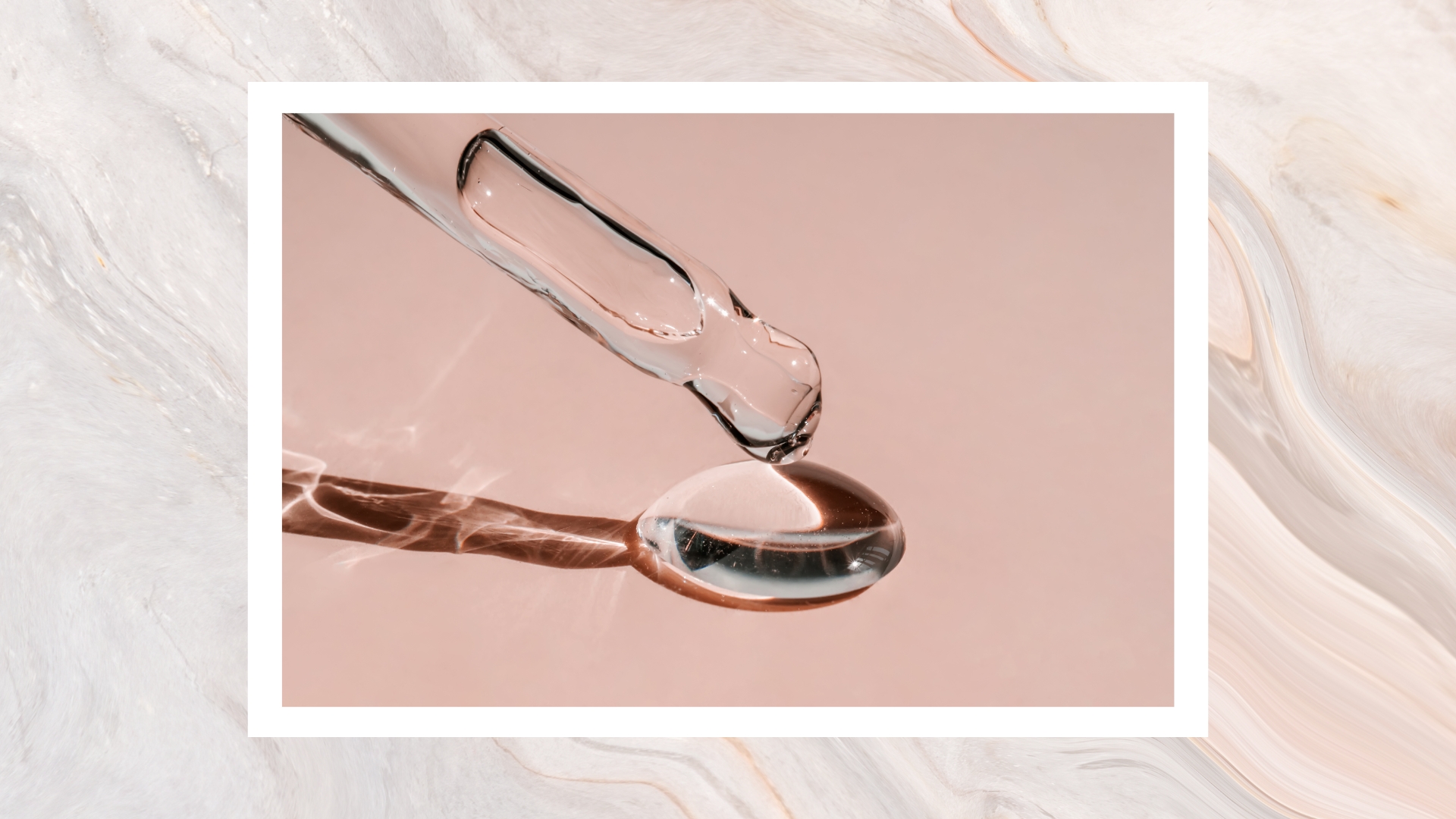
While niacinamide is beloved for its anti-inflammatory and skin barrier-boosting properties, the ingredient isn't without its drawbacks - especially where these niacinamide mistakes are concerned...
When it comes to the best niacinamide serums and best hyaluronic serums, they can seem like an easy addition to your skincare routine for glowing and healthy skin. And while niacinamide particularly, can certainly be classed as a holy grail ingredient, sadly seeing the benefits isn't as simple as patting it into your skin and saying "job done." Correct application is key and there are several common mistakes to avoid in that department.
So, to that end, we've asked three experts to outline all the niacinamide missteps to be aware of - and how to apply the powerhouse glow-giver for the best results...
The two common niacinamide mistakes to avoid
For those who don't know, niacinamide is a form of vitamin B3 and, as Dermatica's Medical Director Dr Catriona Maybury explains: "has been shown to improve fine lines and wrinkles, fade hyperpigmentation, increase ceramide production (for hydration) and reduce inflammation and redness associated with acne."
Dr Maryam Zamani, founder of MZ SKIN and leading Oculoplastic Surgeon also notes that: "Incorporating niacinamide into your routine can help improve overall skin health by enhancing barrier function, regulating cell metabolism, improving elasticity, reducing pigmentation, and soothing inflammation."
As mentioned, niacinamide is good for acne as it can help to soothe inflammation and reduce oil production, as well as help to strengthen your skin's natural barrier. So, it's indeed quite a dreamy ingredient for those looking to achieve clearer and more radiant skin. But that said, like with the known hyaluronic acid mistakes, it's important to know how not to apply it...
1. Applying it over creams
Your product order is key for building an effective skincare routine and this is one area, Advanced Facialist Mariam Abbas says many people go wrong with niacinamide.
"Niacinamide (vitamin B3) is a water-based antioxidant/vitamin," explains Abbas, "so applying it over a cream or lipid-based moisturiser will prevent absorption."
If you do however want to incorporate the ingredient into the latter stages of your skincare steps - or even your makeup routine - products like the Glow Recipe Watermelon Glow Niacinamide Dew Drops (which also features hyaluronic acid and glycerin) can be used as a primer, mixed with foundation and added as a glassy highlighter.
2. Using it with incompatible ingredients
Using niacinamide with other potent and active ingredients can also be detrimental. As Dr Zamani explains: "It is important to consider what other skincare ingredients you are mixing niacinamide with as certain products, like an AHA, may react negatively together and cause irritation to the skin.
"By being mindful of these mistakes and following the recommendations for niacinamide application, you can maximize its benefits for your skin while minimizing the risk of adverse reactions."
Abbas also adds that, "even though niacinamide has an anti-inflammatory effect on the skin and it is usually very well tolerated, it should not be used in very high concentrations at the same time as other actives such as vitamin A."
In the niacinamide vs hyaluronic acid debate though, the two ingredients can be used together, to moisturise and hydrate the skin. Equally, niacinamide and vitamin C can also be used side by side, so the former is very much a versatile ingredient - but it's crucial to know what it's not compatible with and adjust accordingly.
How to apply niacinamide correctly
RRP: £5 for 30ml
This affordable, lightweight serum features 10% niacinamide and 1% zinc to brighten and balance your complexion whilst smoothing texture.
RRP: £48 for 30ml
Counted amongst the best La Roche-Posay products, this serum features 10% niacinamide and is suitable for all skin types. Its formula works to even skin tone, repair the skin's barrier whilst also reducing pores, redness and improving the appearance of blemished and dark spots.
RRP: £32 for 40ml
This skincare and makeup hybrid is a true multitasker. It can be used as a glow-boosting serum (thanks to its blend of niacinamide, hyaluronic acid and glycerin), a primer, mixed with foundation - for extra radiance - and even a highlighter.
So now we know what not to do, how do we apply niacinamide correctly?
Dr Zamani says: "An effective, simple skin care routine is essential. I would start with a gentle cleanse to “Reveal” the skins foundations. Next, enhance the skin: at this step, I would introduce your preferred niacinamide serum, taking a focus on areas where you have specific concerns - such as uneven skin tone or texture. Allow some time to fully absorb into your skin before applying any additional skincare products. And finally, protect the skin by applying an SPF."
Abbas also notes to "use it in concentrations of 5%-10% after cleansing and before moisturising."







